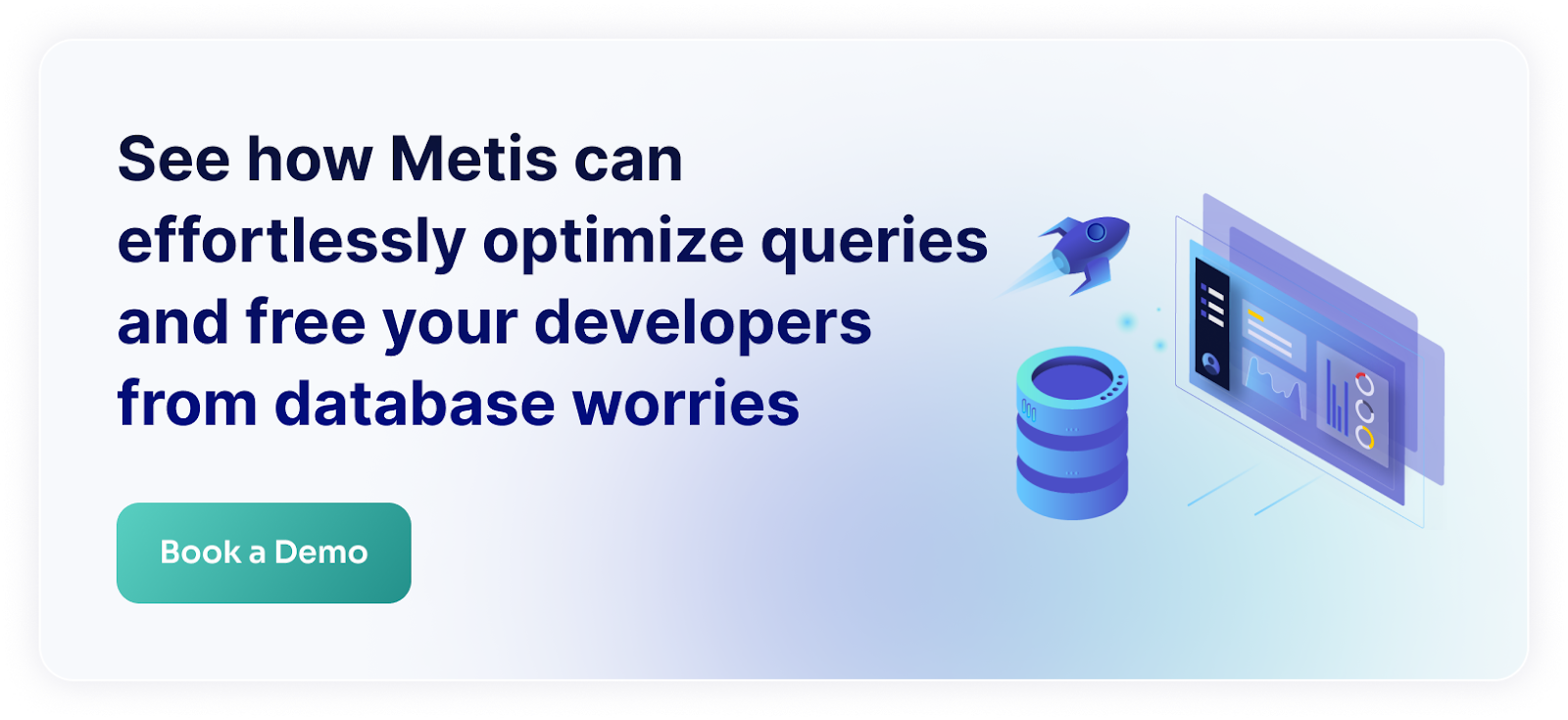Platform engineers oversee every phase of the SDLC related to databases, but they often lack the necessary tools, processes, and mindset to fully empower their teams. Let’s explore what’s missing and how we can transform our organizations to accelerate progress.
Shift-Left Tooling
Platform engineers aim to shift everything to the left to empower their teams and developers. The shift-left approach involves addressing tasks earlier in the development pipeline, particularly emphasizing early-stage testing rather than deferring it until the end. This approach recognizes that late-stage testing often leads to major challenges. When testing is delayed, it is frequently rushed due to time and resource limitations, resulting in only basic tests being conducted while critical edge cases go unnoticed. Additionally, issues identified late in the process are costly to resolve, as most of the implementation has already been completed and advanced through the pipeline.
To work effectively with databases, developers need tools that provide visibility into database states, meaningful database-centric metrics, and insights into internal operations. These tools should integrate seamlessly with their environments, including CI/CD pipelines, IDEs, and other development tools, enabling them to manage databases with the same efficiency as they do with applications.
However, platform engineers currently lack these essential tools. Databases remain siloed under DBAs and are often a black box for developers. To bridge this gap, platform engineers need database guardrails that break down these barriers and streamline database management within the development workflow.
Monitoring Leading to Observability
Another challenge lies in monitoring and the overwhelming flood of raw data points. Most monitoring platforms inundate developers with data rather than providing real understanding. Developers strive to gain deep insights into their applications’ behavior, relying on tools like debuggers, profilers, tracers, and monitors to analyze how various architectural components interact and impact performance. However, many monitoring solutions focus on quantity over quality, cramming dashboards with hundreds or even thousands of metrics without offering meaningful interpretation. This data overload makes it harder for developers to extract valuable insights.
Developers often sift through countless automated metrics from infrastructure, operating systems, runtimes, networks, and other operational layers. Yet, when issues arise, these metrics frequently lack the context needed to diagnose problems effectively.
What developers truly need are intelligent solutions that build a clear narrative around what happened. Instead of simply reporting a CPU spike, these tools should explain why it occurred and what actions to take next. Most monitoring solutions stop at collecting and displaying data, but developers need systems that interpret metric changes and guide their response.
Unfortunately, platform engineers don’t yet have access to such tools. This is where database guardrails can make a significant impact, providing clarity and actionable insights to bridge the gap.
Empowering Self-Servicing
Finally, platform engineers must empower teams to self-service their issues. Developers can’t afford to wait for manual approvals or input from other teams. Automation is key - it enables developers to take direct control of their workflows, troubleshoot problems independently, and resolve issues without relying on manual intervention.
This shift toward automation is critical across the industry. Traditional manual processes, such as registration forms, onboarding spreadsheets, and other labor-intensive tasks, are no longer sustainable. Developers need automated solutions that allow them to configure, optimize, and manage databases seamlessly, ultimately accelerating development and reducing Mean Time to Recovery (MTTR).
When developers have the right tools, gaining full visibility and control over their databases becomes effortless. Database guardrails provide the necessary automation and safeguards, allowing developers to operate efficiently. Platform engineers simply need to implement these solutions and let teams take advantage of them.
Embrace Database Guardrails
Database guardrails provide the solution to all the challenges outlined above. They enable developers to identify and address issues early in the development cycle, enhance observability for production databases, and empower teams to work independently without constant dependencies. By implementing database guardrails, platform engineers can transform their organizations and unlock the full potential of their teams.
Metis is leading the charge in the database guardrails and Observability 2.0 movement. With Metis, you can equip your organization with the tools needed to accelerate development, improve reliability, and drive efficiency. Take the next step and supercharge your team with Metis today.







